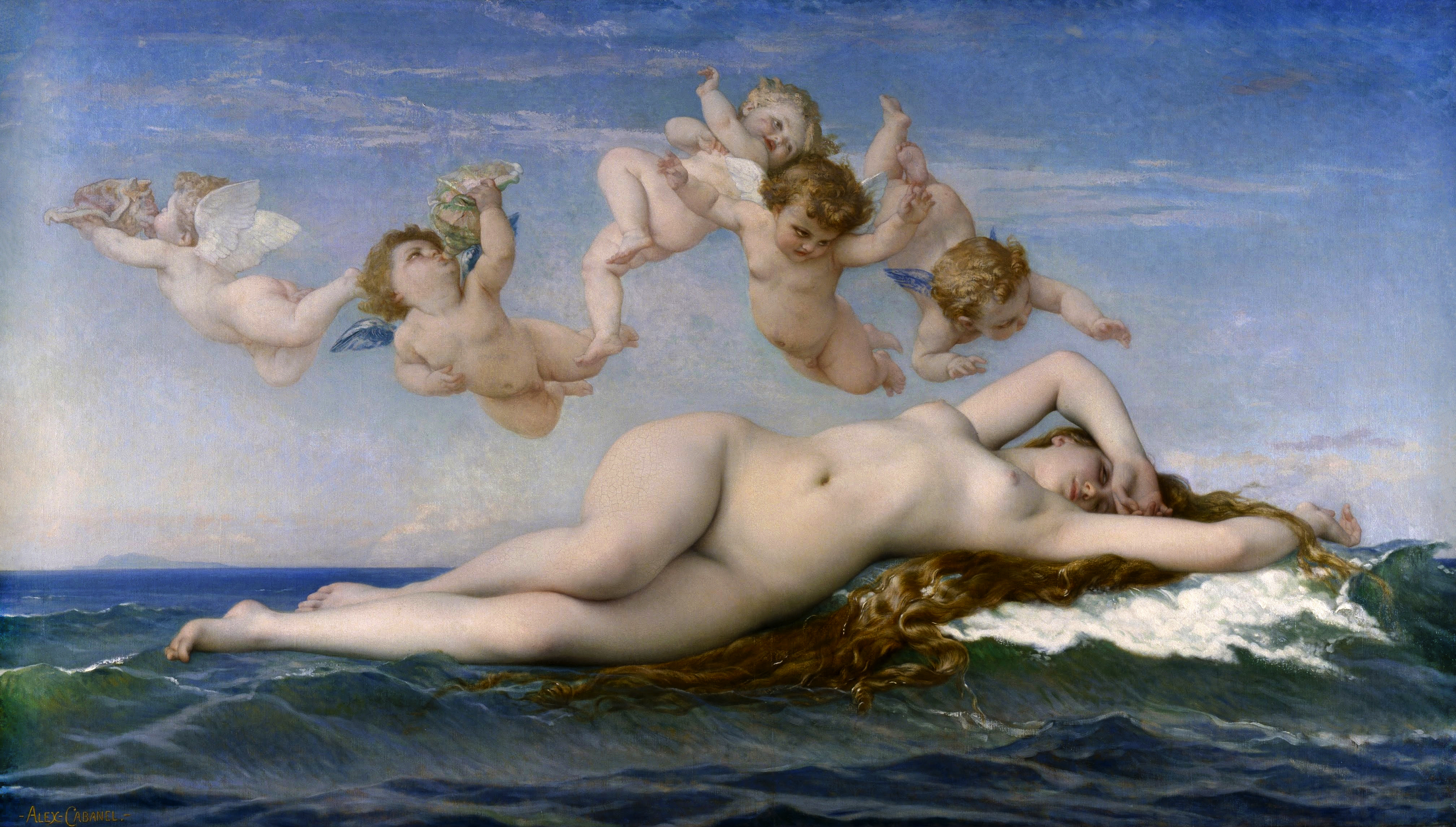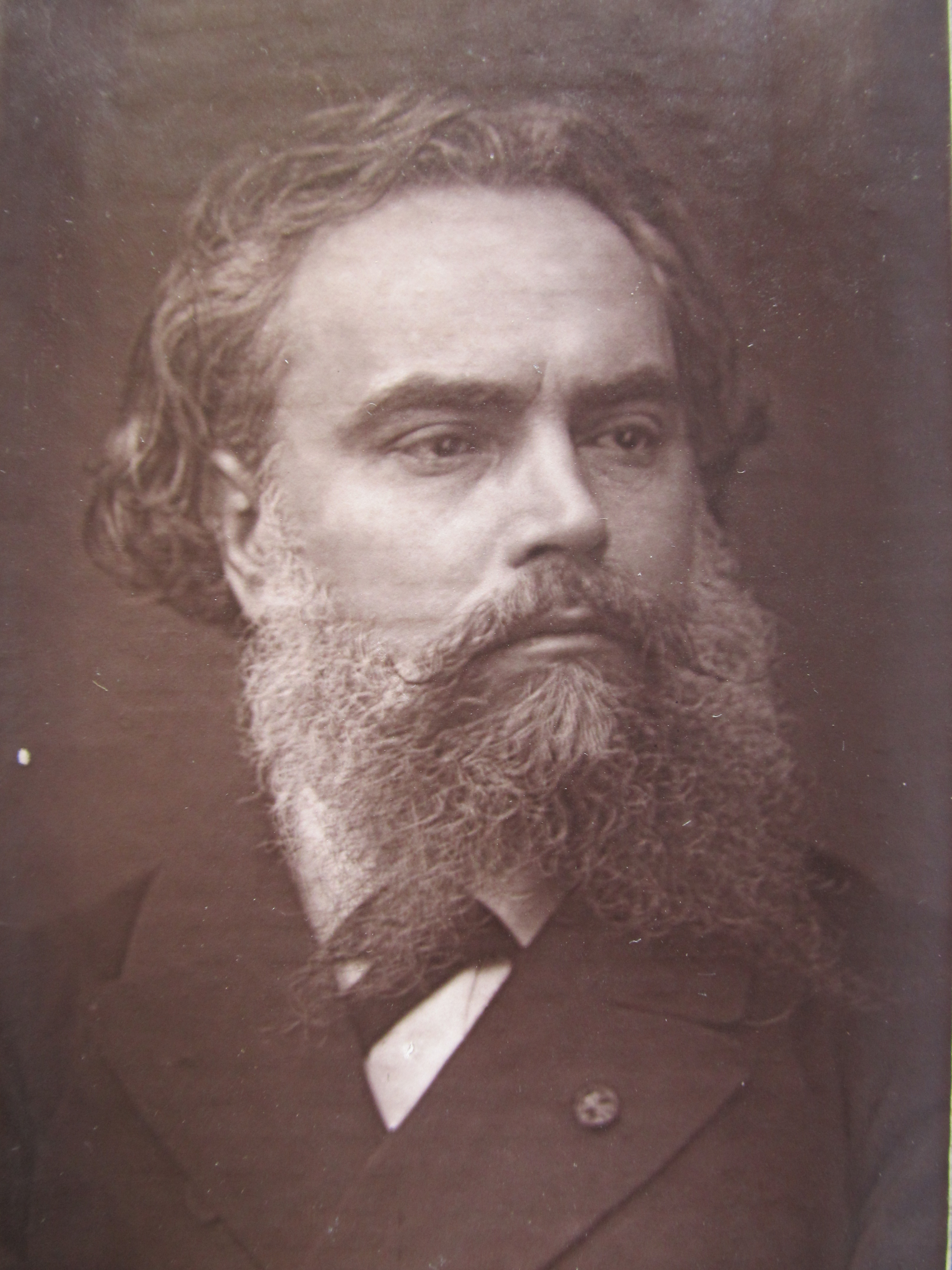Have you ever heard of the 'Academies'? Academic art is a style of painting and sculpture produced under the influence of European academies of art. Specifically, French Académie des Beaux-Arts, which practiced under the movements of Neoclassicism and Romanticism. In this context it is often called ‘academism‘, ‘academicism‘, ‘L'art pompier‘, and ‘eclecticism‘, and sometimes linked with ‘historicism‘ and ‘syncretism‘. Academies ran schools of instruction, held annual or semi-annual exhibitions, and provided venues where artists could display their work and cultivate critical notice. Here, young artists could find themselves promoted to prominence through patronage connections and collectively seek protection of artistic interests. From the late eighteenth century, such institutions had a virtual monopoly on public taste and official patronage. Academic art was first criticized by Realist artists such as Gustave Courbet as being based on idealistic clichés and representing mythical and legendary motives while contemporary social concerns were being ignored. Another criticism by Realists was the 'false surface' of paintings - the objects looked smooth, slick, and idealized - showing no real texture. The Realist Théodule Ribot worked against this by experimenting with rough, unfinished textures in his paintings. Today you are presented with the iconic academic piece - The Birth of Venus by Cabanel.




The Birth of Venus
oil on canvas • 130 x 225 cm
 Alexandre Cabanel
Alexandre Cabanel